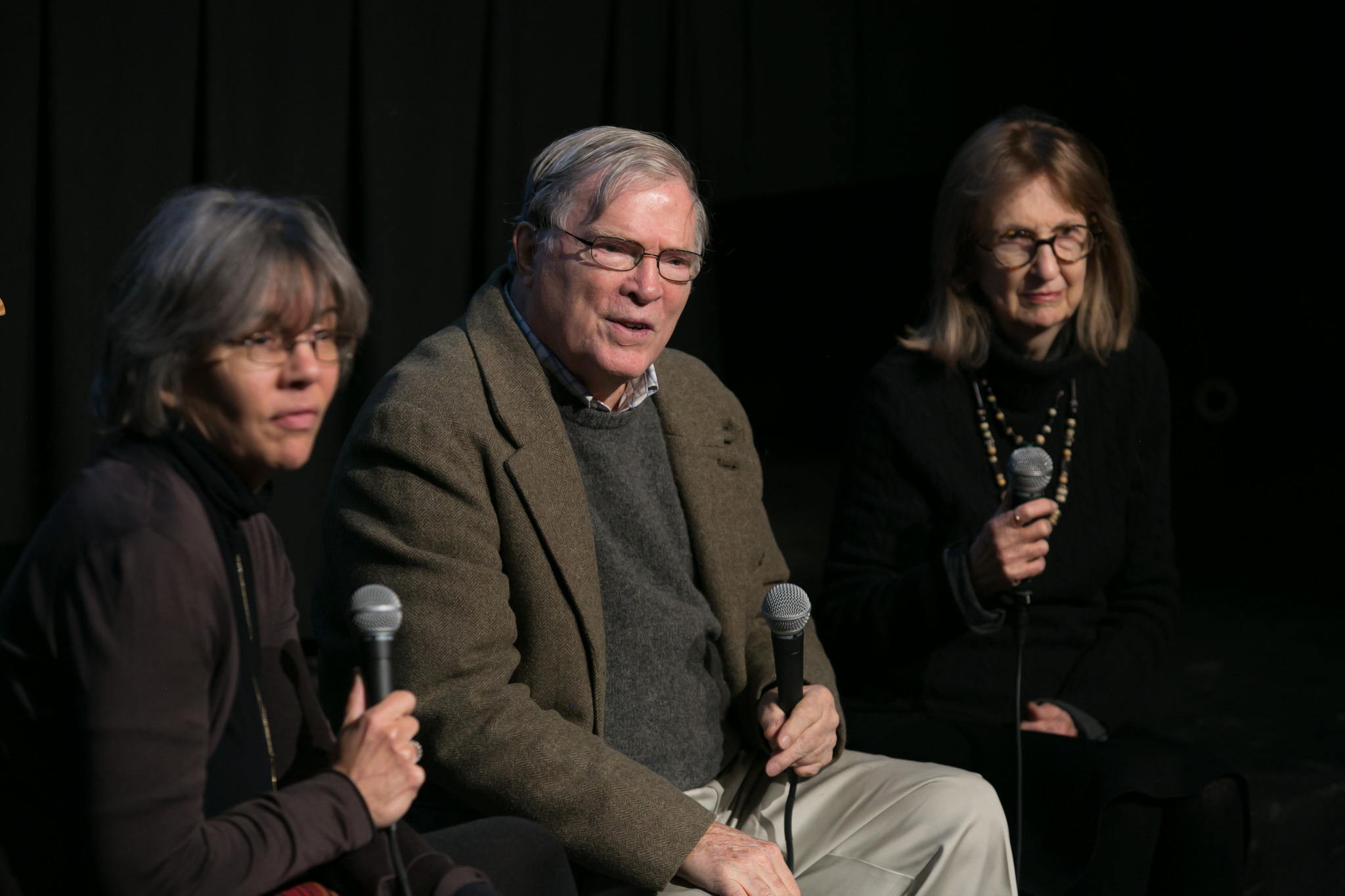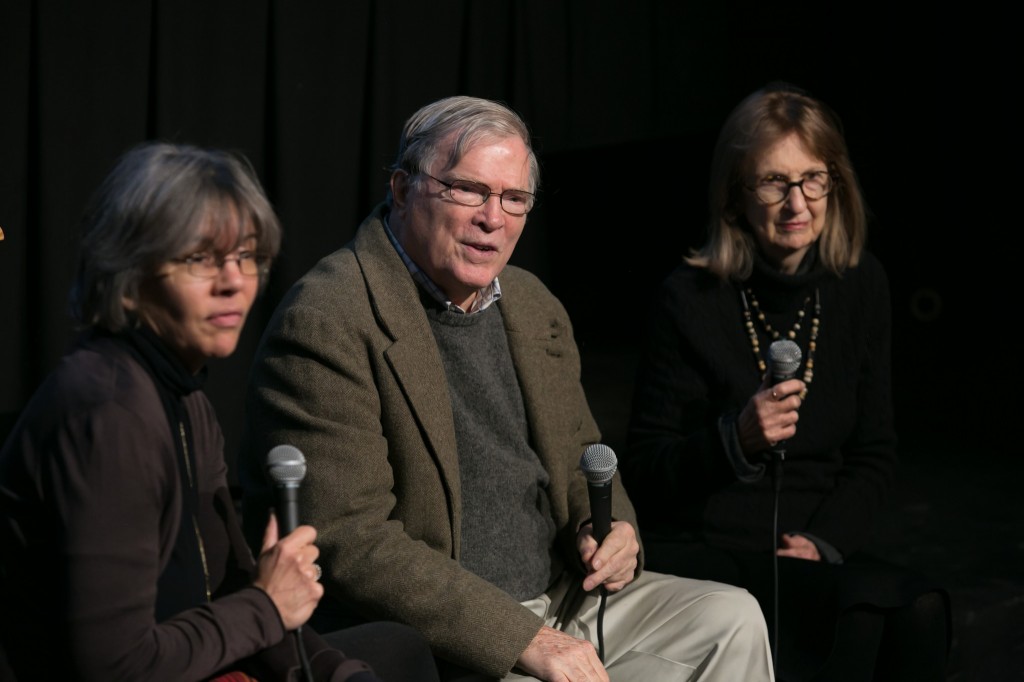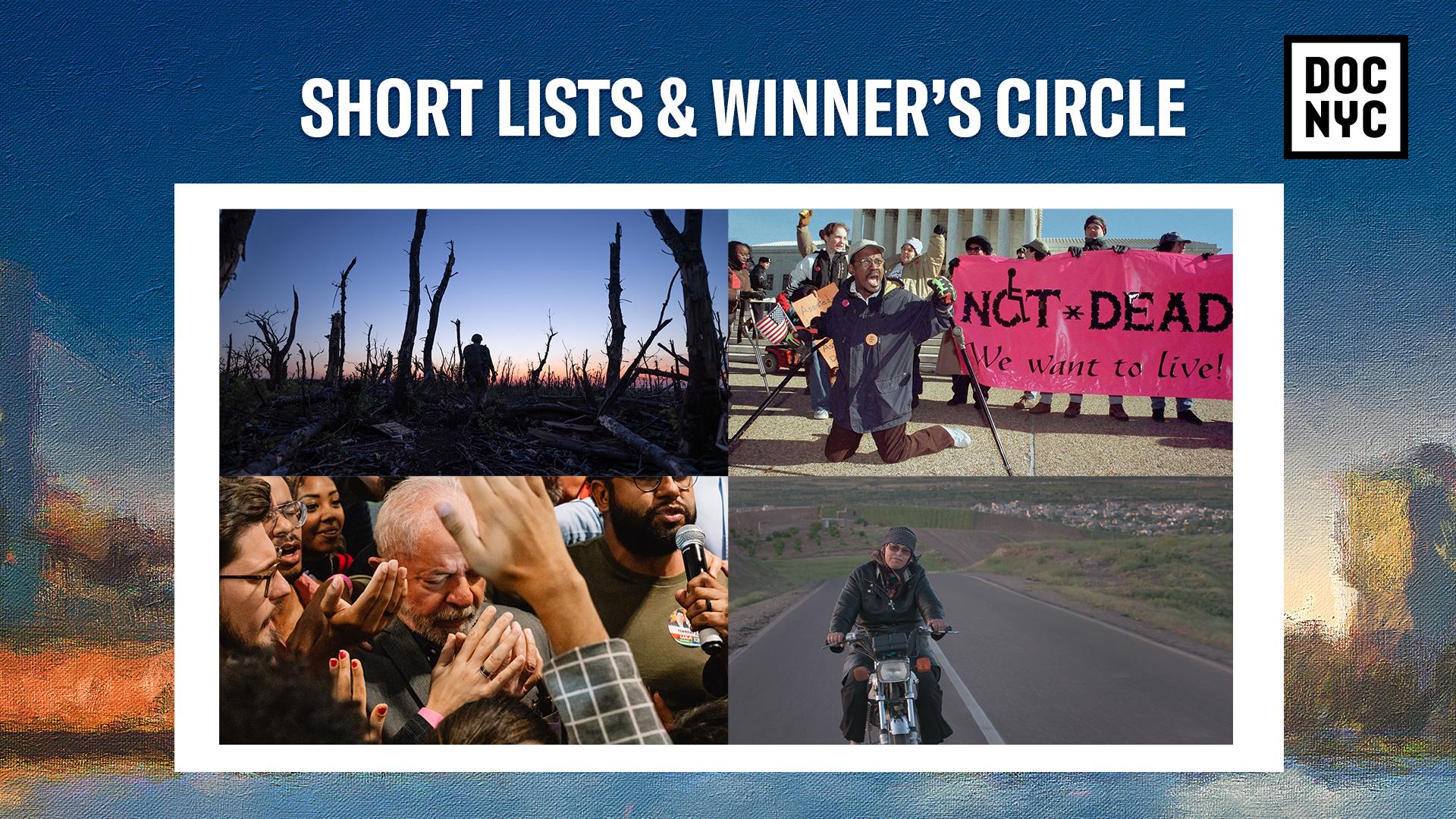David: A Case Study in Classic Documentary Film Making


Written by Krystal Grow
The Synanon House in Santa Monica had a front door that faced the California freeway, and a back door that led to the rolling waves of the Pacific ocean. But in between the streets and the shoreline, a radical experiment in drug rehabilitation was happening, and an equally unheard of style of film making was being used to document it.
In 1961, D.A. Pennebaker was part of a team that was working under the direction of Robert Drew, a visionary editor, producer and film maker who was developing a series of true-life news films for LIFE magazine under the moniker of Drew Associates. Those early films laid the foundation of the cinema verite movement in America, and the Sunday morning audience at DOC NYC was treated to a special 35mm screening of a true classic.
“It’s impossible to understand the history of modern documentaries without becoming familiar with these films from Drew Associates,” DOC NYC Artistic Director Thom Powers said to introduce the film.
David tells the story of jazz musician David Allen, a resident of the Synanon House, a rehab facility that employed no medical professionals and was run by former addicts. Residents could check in voluntarily, but if they left before getting sober they were banned from the house for good. With strict policies around the frequency of visits, especially from wives and family members, and a brutal and confrontational form of group therapy known as “Synanon Sessions,” the atmosphere was typically tense, even during practice sessions for the “Synanon Combo,” the house band of addicted musicians trying to kick.
“Drugs were an integral part of the jazz scene,” David says to the camera in an early scene of the film. “I was addicted before I knew it.”
David’s own struggle to stay clean is the emotional core of the film, but the conflicts and interactions among his housemates and behind closed doors with Synanon staff amplify the intensity of each individual struggle. Never intrusive, the camera conveys the unfolding drama with a reflexive clarity that would come to define the verite style.
“We owed everything to that camera,” Pennebaker said in the Q&A following the film, adding that he and the team at Drew Associates essentially invented a camera that allowed them the kind of untethered freedom they needed to truly document things the way they saw them happening in reality. “We learned that if we watched something, and watched people who were doing things that were important to them, we were capturing something real.”
For more about David, visit the film page on the DOC NYC website.
Krystal Grow is an arts writer and photo editor based in New York. She has written for TIME LightBox, TIME.com, LIFE.com, the New York Times Lens Blog, the Magnum Foundation, Vocativ.com, and the Stranger Than Fiction blog and is the 2014 DOC NYC Blog Coordinator. Follow her on Twitter and Instagram @kgreyscale.


